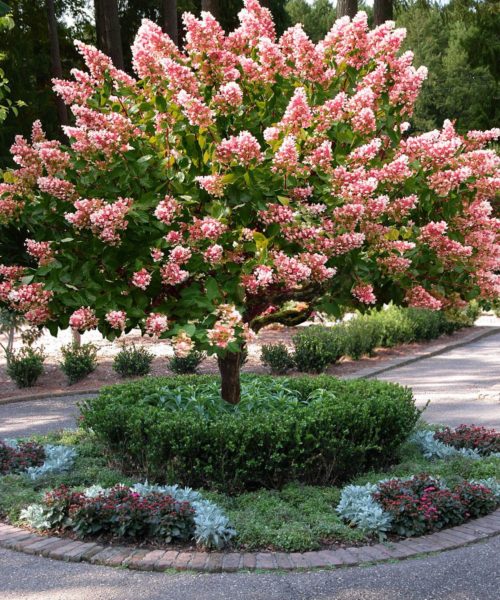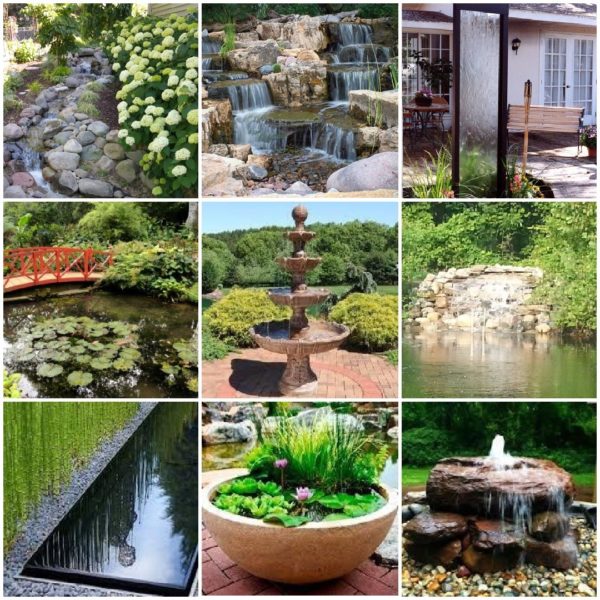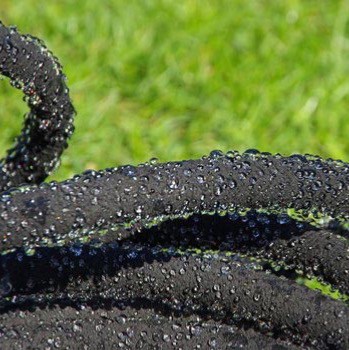What’s Budding

What’s Budding

Sturdy Rootstock Seeds Beautiful Scion for Lasting Relationship
Grafting fascinated me as a child. We had a large pear tree on the farm, and it bore three distinct varieties of pear. The original rootstock was allowed to grow up and bear fruit, but two branches of other varieties were also grafted onto the rootstock, creating a tree with a virtual orchard of options on one trunk.
Once I knew what grafting was, and that it was a common practice, I saw it frequently. I knew where to look for the line where rootstock and scion meet, typically quite close to the ground. The scion is a detached living portion of the plant, such as a bud or a shoot, joined to a stock.
Grafting is the art and science of pairing a sturdy rootstock with a scion or top of a related variety. There are typically a few regionally desirable rootstocks for fruiting or flowering woody ornamentals, but there may be hundreds of compatible scion varieties.
Grafting fruit trees creates a plant with a hardy rootstock, often with superior cold hardiness and tolerance for varied soils, while allowing the variety of fruit desired, often in a compact form. One of the drawbacks to the pear on the farm was the height of the tree. It was not dwarfed, so ladders had to be put up to pick the fruit before it fell. A ripe pear is not edible after a 30’ fall, though the deer and other animals certainly did not mind. The buzz of happy bees was common when that tree was in flower, and wasps were the excited visitors when the fruit was fermenting on the ground.
Grafting tea roses or shrub roses can create a winter hardy plant with a wide variety of color choices, or even a novelty plant with multiple colors on one plant. This is also true with Rose of Sharon.
Some common landscape plants that may be grafted are ash, beech, and birch, as well as some cedars.
Grafting fruit trees allows a quicker maturity of a newly-planted tree, rather than having to wait 3-5 years for fruit bearing. Grafting can improve disease resistance, and create a more compact plant. This affords easier harvesting, and can create a tree or shrub that requires less water and land to produce the same quantity of fruit. Grafting shrubs assists in creating varieties that stay compact and thus require less pruning to maintain a desired shape and size.
We are always glad to assist in the selection of the correct species for your project. We create a functional and pleasing design to fit your topography, soils and exposures. Call and ask for Alexa to discuss your project and schedule a meeting.

On the Green Side
Tropical Plant Availability
Did you know that buying tropical plants from the Florida growers is like buying produce? Prices fluctuate based on supply and demand. Crop failures can occur, and a variety that gets press in a professional design magazine or a style blog may suddenly be hard to get. Hurricanes, like the one that hit central Florida last year, wreak havoc with growing plants and the shade structures that protect them. Whole crops were ruined last year due to sunburn, wind, torrential rain and flooding.
The last 12 months have been some of the most challenging in our almost 40-year history in terms of plant supply for interiorscapes. Many species and varieties that have been available with constant supply for years are now intermittently unavailable. Sometimes we can order a few on one Order, and then, they disappear for months as the crop sells through in days or hours.
We are not leaving planters empty, but you may see creative use of plant species you have not seen before. Plants we use may temporarily be larger or smaller than you had before, as we substitute. You may receive a “loaner” plant that we know will not thrive long-term, but perhaps will do fine in the summer months or for a few weeks. These plants will move to fill other spots over time, as the ideal plants come into stock. When we quote new installations, we appreciate your understanding as we ask you to make quick decisions so that we can reserve the plants needed immediately.
We appreciate your patience as we work to keep your plantscape attractive and healthy. Our Florida growers are working hard to rebuild structures, increase crop numbers, and keep working despite the challenges of a small labor pool and unpredictable weather.
Digging In

Water Features in the Landscape
Fountains, ponds, pools, waterfalls, and streams can all contribute to a positive personal environment. There are many benefits of water features. The soft sound of falling water masks other unwanted noise, and the sounds of nature release stress from a busy day. Water features also add interest to the landscape by creating movement and attracting wildlife. These features can be very simple or intricate, large or small, and customizable to your needs and budget.
Garden fountains can be designed to produce a dramatic splash effect or to be meditative and calming. Fountains can be wall-mounted or freestanding.
Ponds are a potential addition to any landscape, and can be any size. Small ponds can be made using pre-formed or flexible liners, or any watertight container. There are many kits available with both pre-formed and flexible liner choices. Most kits come with a pump to circulate the water, and a filter to keep the water clear. Large ponds typically have a clay bottom.
Reflective pools can also vary greatly in size, from a small backyard birdbath to the Lincoln Memorial Reflection Pool in Washington D.C. The main purpose of this pool style is to create a scenic reflection. These pools are most often seen in formal gardens in geometric shapes, such as rectangles or circles. Usually only 6-12” deep, the pool’s bottom needs to be a dark color, to allow the water to be reflective.
Streams and waterfalls are a creative addition to sloped areas, and can be used with natural, lined, or pondless systems. Kits are also available for streams and waterfalls that include pumps, liners and catch basins. The pondless system catch basin is usually filled with rocks, and requires lower maintenance than pond systems. Pondless is also ideal for families with young children or pets. A natural setting can be created for streams and waterfalls by planting the edges with native grasses and adding local stone to the edges.
The Buzz

Keeping Plants Healthy in the Heat of the Summer
The heat is on! With the hot, dry spell that we have been having lately, the landscape plants start to suffer. While established trees, shrubs, and perennials don’t usually need much attention during a heat wave, even some of those plants are showing signs of stress. Plants are drooping and the leaves are looking brown and crispy.
The best method of watering both new and established plants is to water slowly and deeply. A soaker hose applies water directly to the rootball without losing water to evaporation and runoff. Most water evaporates before reaching the ground when using overhead sprinklers. Pay special attention to newly-planted landscapes, plants without established roots dry out more quickly.
Watering deeply encourages roots to grow deeper into the soil, where it stays moister longer. The best time to water is in the evening or early morning to give the plants time to absorb the moisture. Do not fertilize when the plants are dry or stressed, this increases the chance of fertilizer burn. Two to three inches of mulch will greatly help retain moisture, regulate soil temperature, and suppress weeds that compete for the water. Deadheading plants will also help plants so energy and water aren’t wasted in seed production.
Copyright © The Plant Professionals